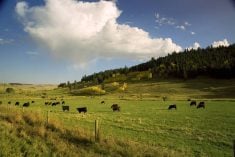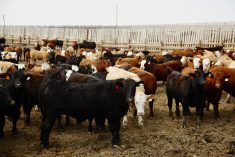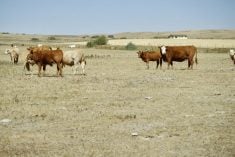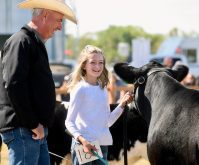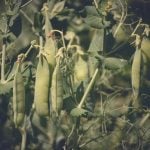We are well into the first quarter of 2024 and we have made much progress on many fronts with our advocacy and communications work on behalf of Canadian beef producers.
In January, our board met for its quarterly discussion in Calgary to prioritize current advocacy files and other important issues. Key takeaways included the need for more communications on the Grasslands Conservation Initiative, legislative updates and trade areas needing attention, plus the need for producers on stage at international forums such as the UN’s climate change COP meetings.
Our “on the ground” advocacy efforts were in full force in January as our team visited Washington, D.C., with Canada’s ag minister, the Honourable Lawrence MacAulay, for meetings with key industry and agri-food stakeholders and U.S. officials aimed at strengthening and advancing shared priorities. Key topics included ways to reduce trade barriers and the important integrated nature of our beef supply chains. Proposed changes to voluntary “Product of USA” labelling regulations for meat and livestock have the potential to restrict trade and disrupt supply chains. This was also discussed with our U.S. counterparts and the minister.
Read Also
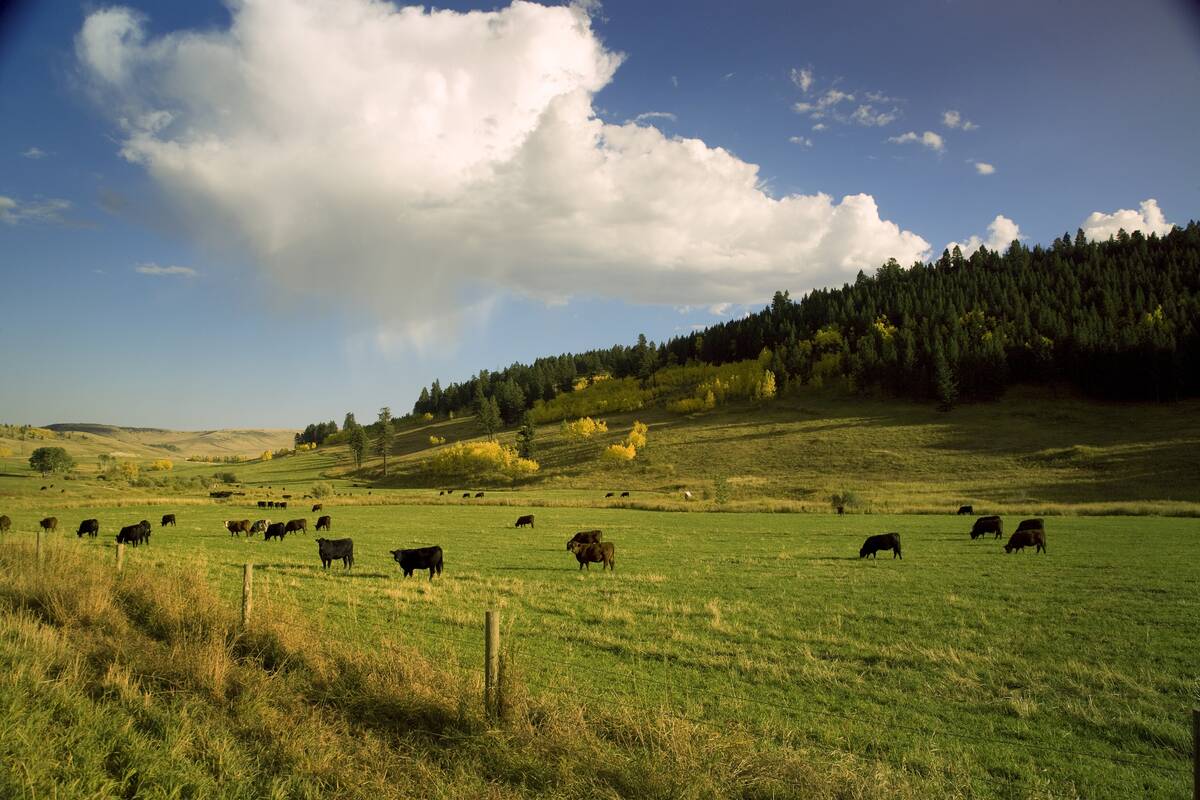
The Canadian Cattle Association’s international advocacy efforts
Global ag policies affect Canadian food policy, so the Canadian Cattle Association participates in international and domestic forums
Our optimism is fueled by the tremendous opportunities available to grow our exports of Canadian beef. Both countries need to continue to work collaboratively on mutual priorities with an emphasis on the resiliency of Canada-U.S. food supply chains, food security, environmental sustainability and rules-based international trade.
Still at the top of the priority list in Ottawa is private member’s Bill C-282: An Act to amend the Department of Foreign Affairs, Trade and Development Act (supply management), which would take supply-managed sectors off the table during trade negotiations. This could severely damage our trade relationships and highly constrain Canada’s ability to launch, negotiate and renegotiate the best deals. At its core, it is not an agriculture bill. It is a trade bill that if passed, could affect all export-focused businesses, including 65 per cent of Canada’s economy.
Producers know the value of grassland is more than the grazing capacity it provides. It has been a long-term struggle to get producers that value. Biodiversity, soil preservation and carbon sequestration all provide value to the public but no monetary value to producers.
The Grasslands Conservation Initiative is a request to the federal government to contribute to this value. CCA has worked with environmental NGOs to support its pre-budget request. The concept is to support producers so they can keep their land in grass or native grasslands and then expand the initiative to all grasslands.
We were pleased to see the results of the Canadian Roundtable for Sustainable Beef, which will help our advocacy and communications efforts to support the Canadian beef industry. This progress is directly attributed to our producers who work hard to sustainably produce the world’s best beef by increasing production efficiencies, reducing the time needed to produce an individual animal and reducing the resources needed to produce the same amount of beef.
Some of the key findings from the assessment:
- Producing one kg of beef (boneless and consumed) now creates 15 per cent less greenhouse gases than in 2014 (Aboagye et al., 2024), on track toward the 2030 Canadian beef industry goal of a 33 per cent emissions intensity reduction.
- Land used for beef production is estimated to hold 1.9 billion tonnes of soil organic carbon, storing nearly 40 per cent of the total soil carbon across Canada’s agricultural landscape. This is equivalent to annual carbon emissions from over two billion cars (about 58 cars for every Canadian).
- Land used for beef production contributes the majority of critical habitat that wildlife needs for both reproduction (74 per cent) and feeding (55 per cent) when all of Canada’s crop and pastureland is considered. Despite an overall loss of wildlife habitat on Canada’s pasture and cropland, beef’s share within what remains has increased, demonstrating the importance of beef production in keeping these areas intact.
- The conversations around farmer stress and mental health have grown louder, increasing awareness. Work continues to reduce the stigma of mental health challenges across the beef supply chain.
- Animal care continues to be a top priority for the Canadian beef industry. Surveillance data shows no risk of resistance from Category I antimicrobials (of very high importance to human medicine) indicating that tools to treat sickness in beef cattle are not a risk to human health.
- Demand for Canadian beef remains strong with Canadian consumers (up five per cent) and around the world (16 per cent increase).
Our producers should take a bow for their collective efforts in making a difference. Although there are still some things we do not have control over — such as the weather — beef producers are always looking for ways to be more efficient and to deliver the highest quality of beef for our domestic and international markets. For that, we stand proud — but still keep our sleeves rolled up to continue on.
We also don’t stand quietly proud. CCA will be telling this good story wherever needed to benefit our industry’s reputation and competitiveness and to battle those voices who would like to see cattle off the land and beef off the plate.



